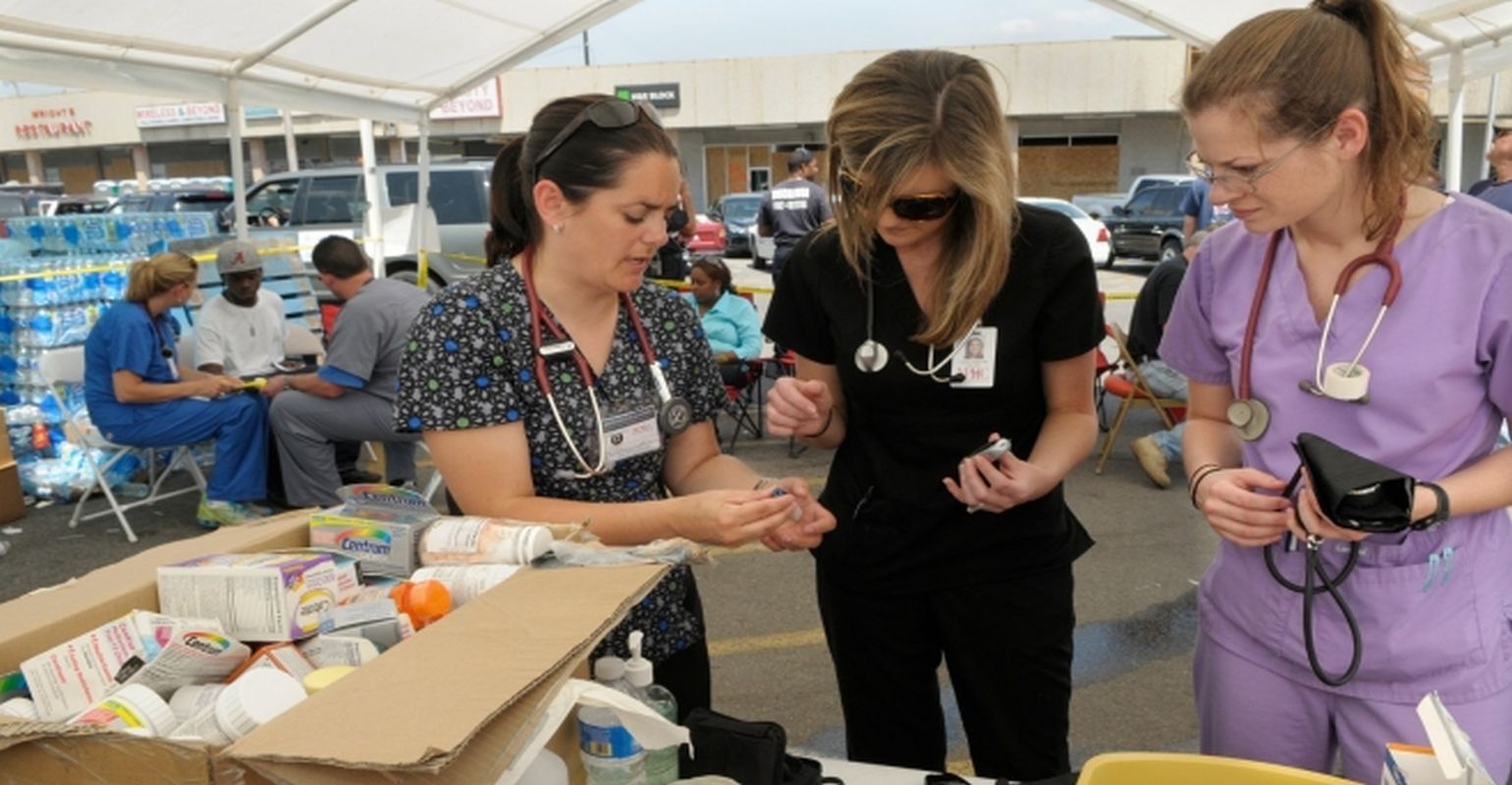Report Indicates Nation Better Prepared to Manage Health Emergencies Than Five Years Ago

An annual assessment of the nation’s day-to-day readiness for managing health emergencies improved significantly over the past five years, though deep regional differences remain. The Robert Wood Johnson Foundation (RWJF) released the 2018 National Health Security Preparedness Index (Index), which found the United States scored a 7.1 on a 10-point scale for preparedness-nearly a 3 percent improvement over the last year, and a nearly 11 percent improvement since the Index began five years ago.
Threats to America’s health security are on the rise, but so is our nation’s preparedness to deal with these emergencies,” said Alonzo Plough, PhD, MPH, vice president of research-evaluation-learning and chief science officer at RWJF. “The Index shows how prepared public and private stakeholders are to tackle health security challenges and sheds light on areas for improvement.
Despite improvements in two-thirds of states, significant inequities in health security exist across the nation: the highest-scoring state (Maryland, 8.0) scores 25 percent higher than the lowest states (Alaska and Nevada, 6.4). Generally, states in the Deep South and Mountain West regions lag behind Northeast and Pacific Coast states. Many of the lower-scoring states face elevated risks of disasters and contain disproportionate numbers of low-income residents.
“Five years of continuous gains in health security nationally is remarkable progress,” said Glen Mays, PhD, MPH, who leads a team of researchers at the University of Kentucky in developing the Index. “But achieving equal protection across the U.S. population remains a critical unmet priority.”
Eighteen states achieved preparedness levels that exceed the national average, with 21 states below the national average. A total of 38 states plus the District of Columbia increased their overall health security in the last year, while eight remained steady and four states declined.
“Every community must be equipped to prepare for, respond to, and recover from any health emergency,” said Stephen C. Redd, MD, RADM, USPHS, director of the Centers for Disease Control and Prevention (CDC) Office of Public Health Preparedness and Response. “The Index helps pinpoint where cross-sector investments are paying off and how the nation can increase resilience.”
Source: Robert Wood Johnson Foundation
Robust infectious disease surveillance, including rapid subtyping of influenza A, is essential for early detection, containment, and public health reporting of novel viral threats.